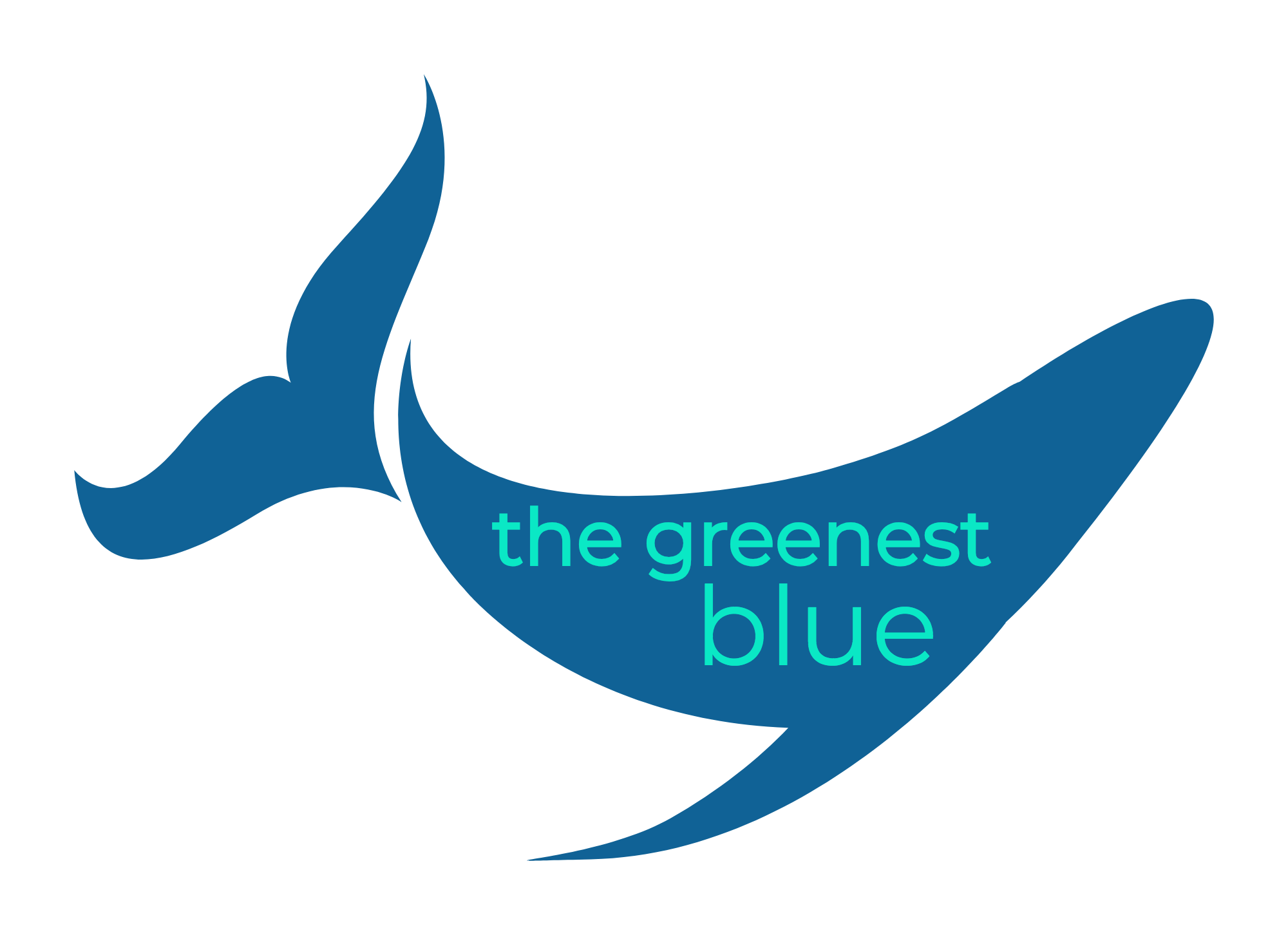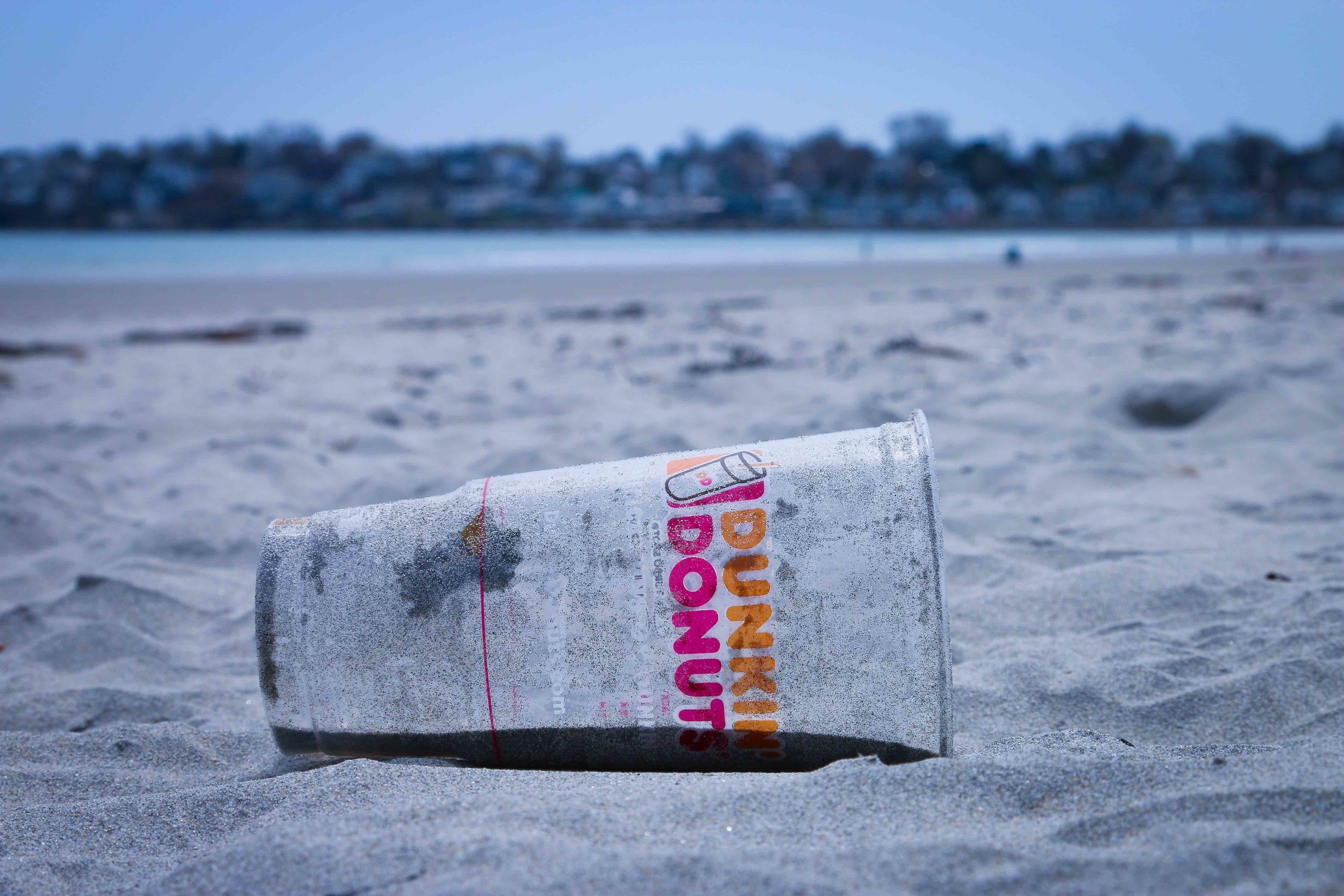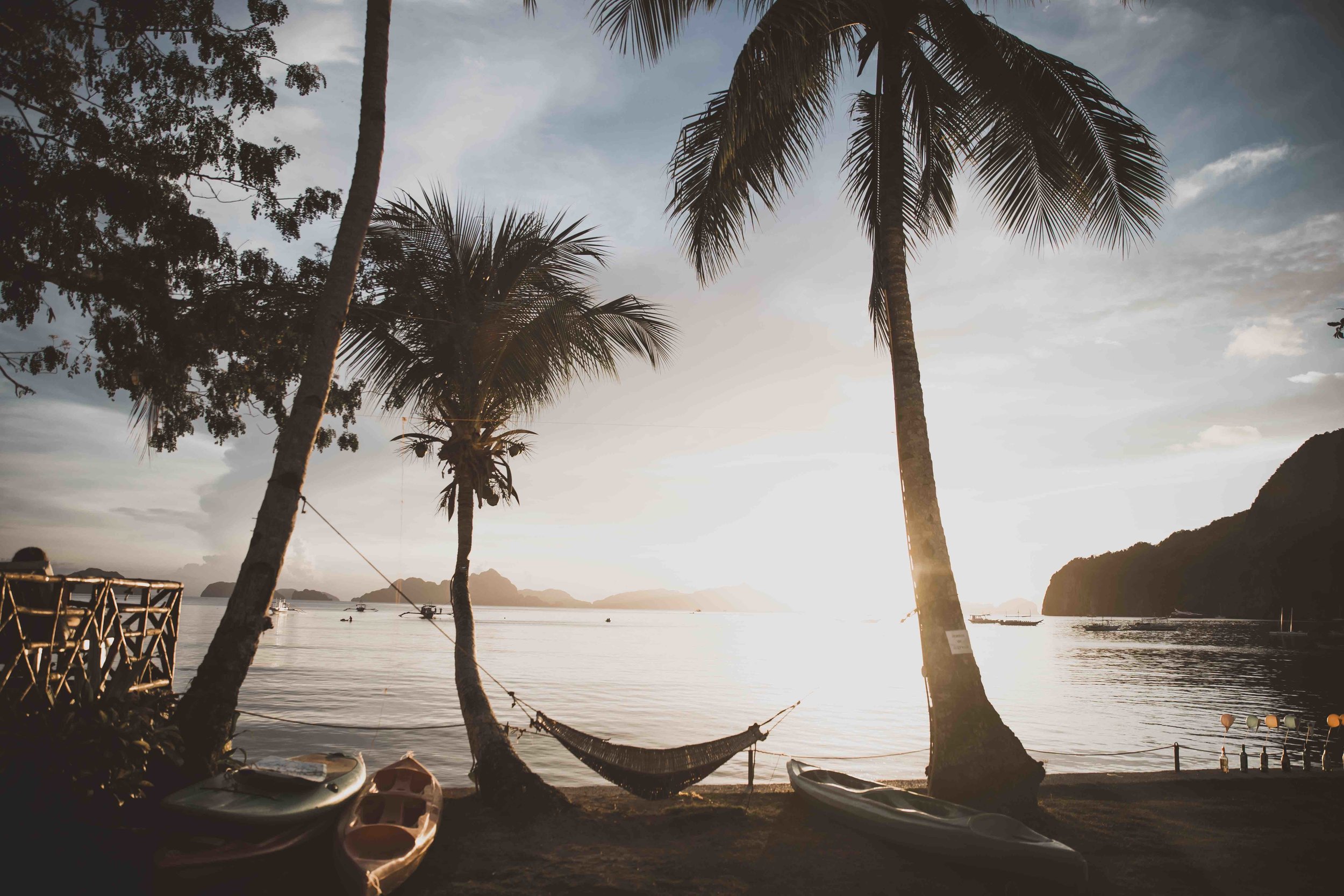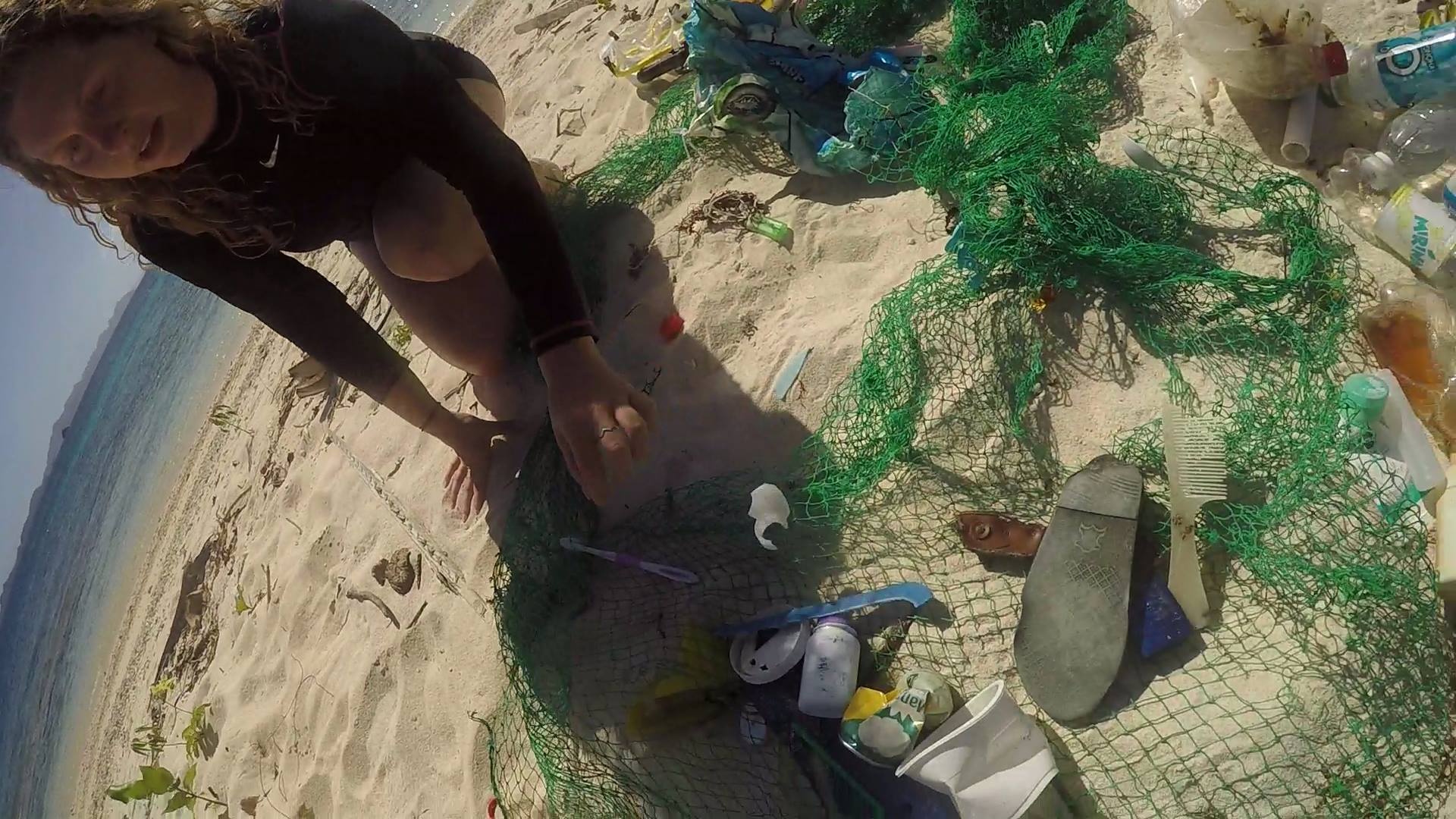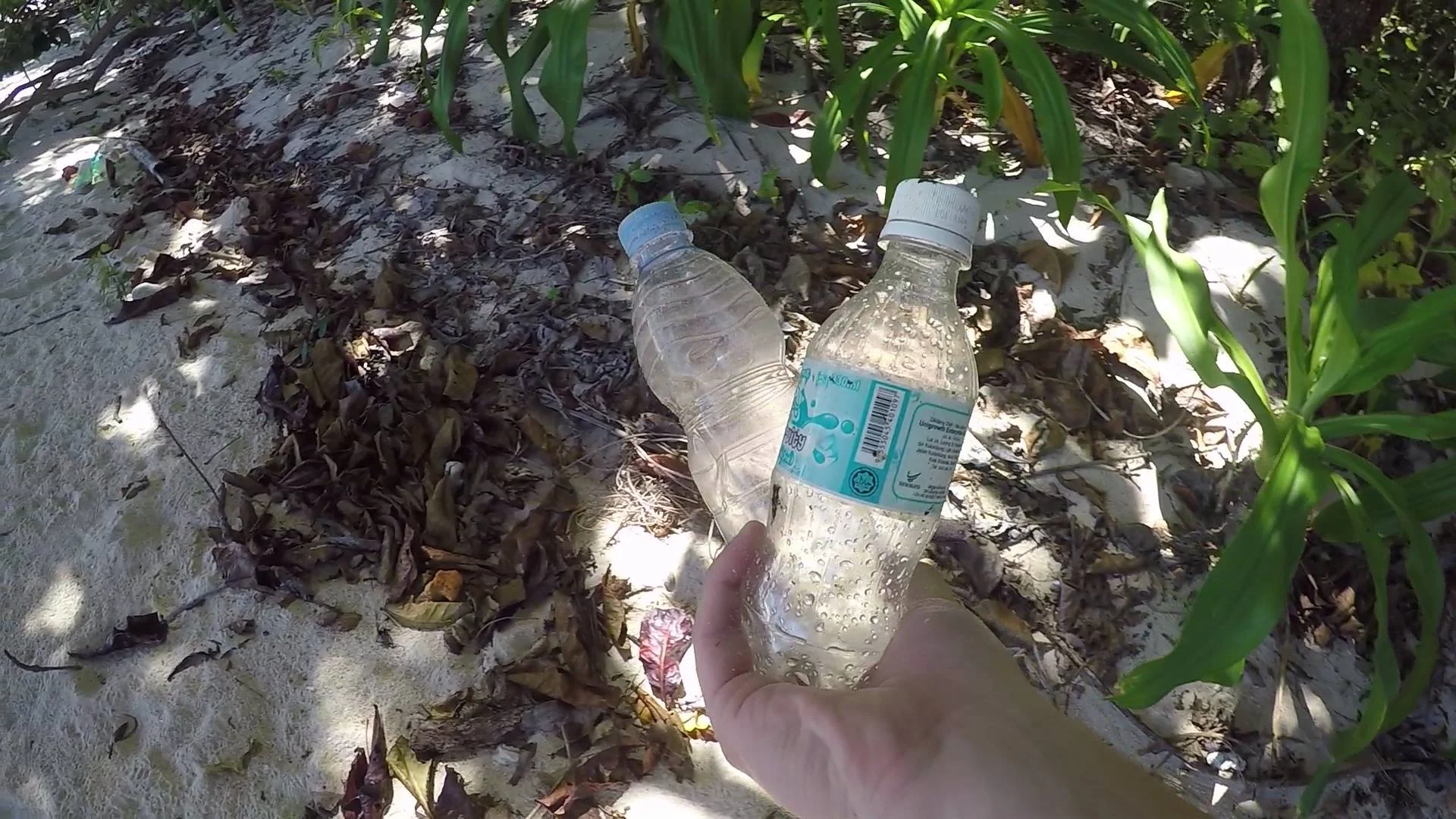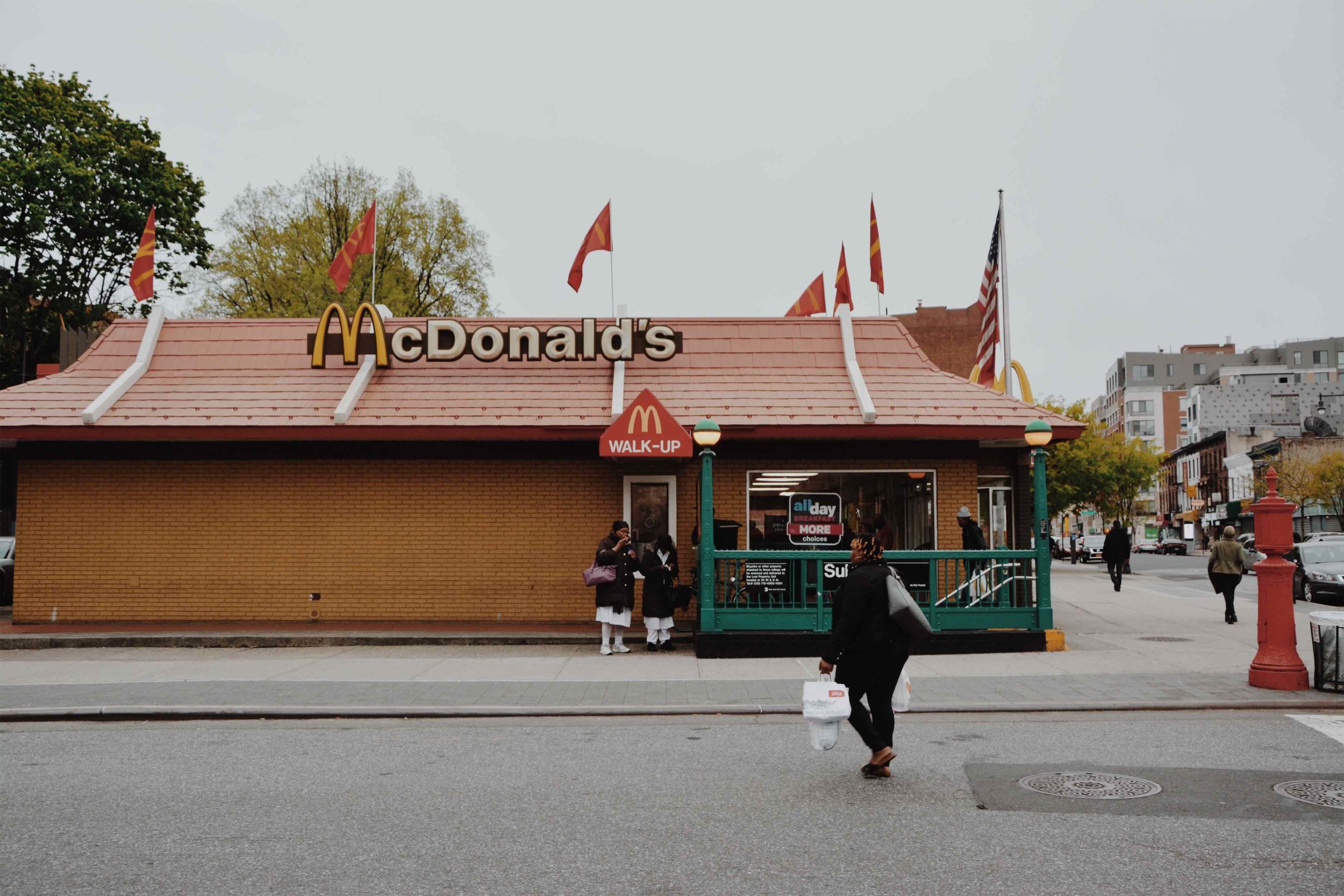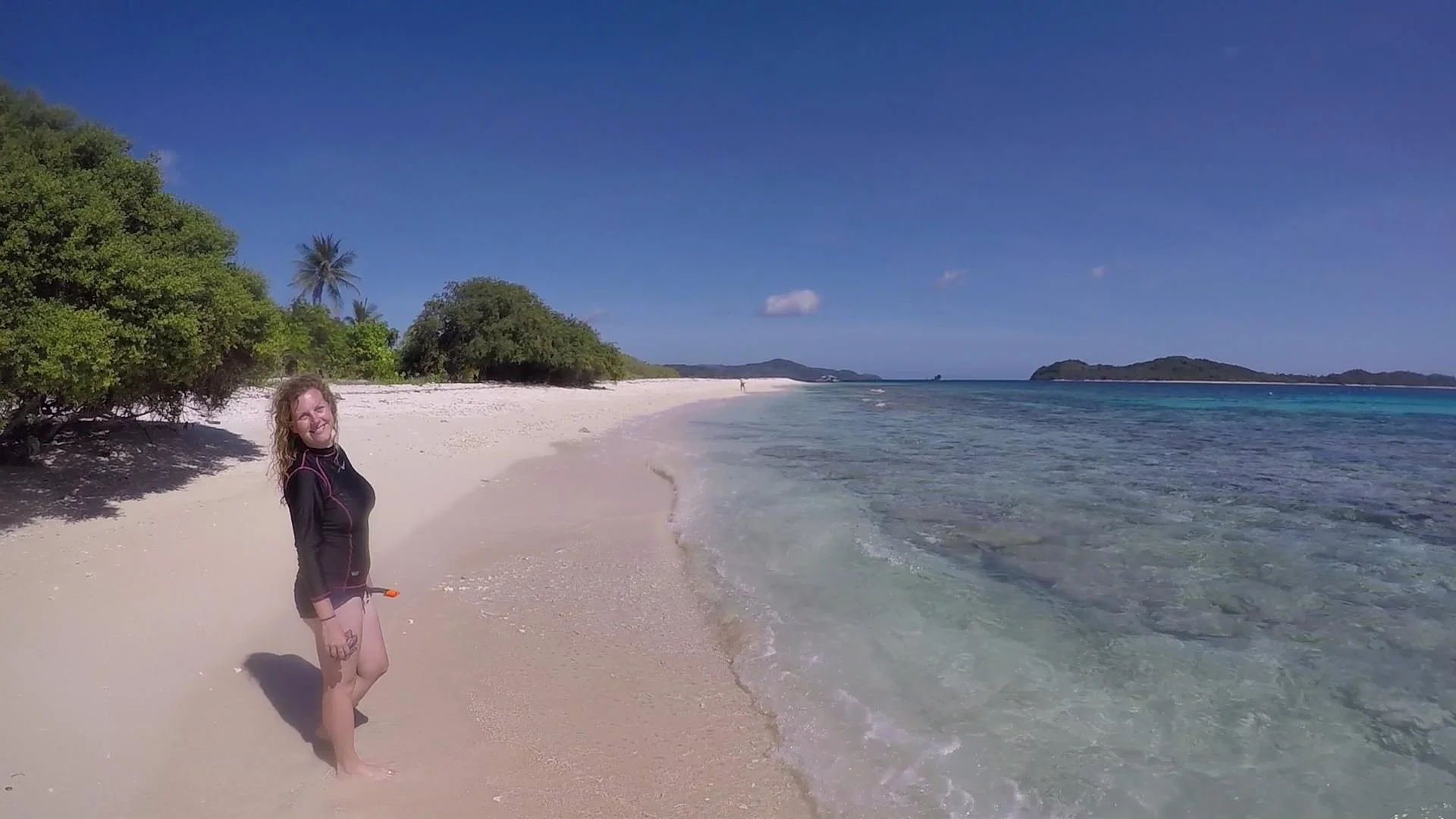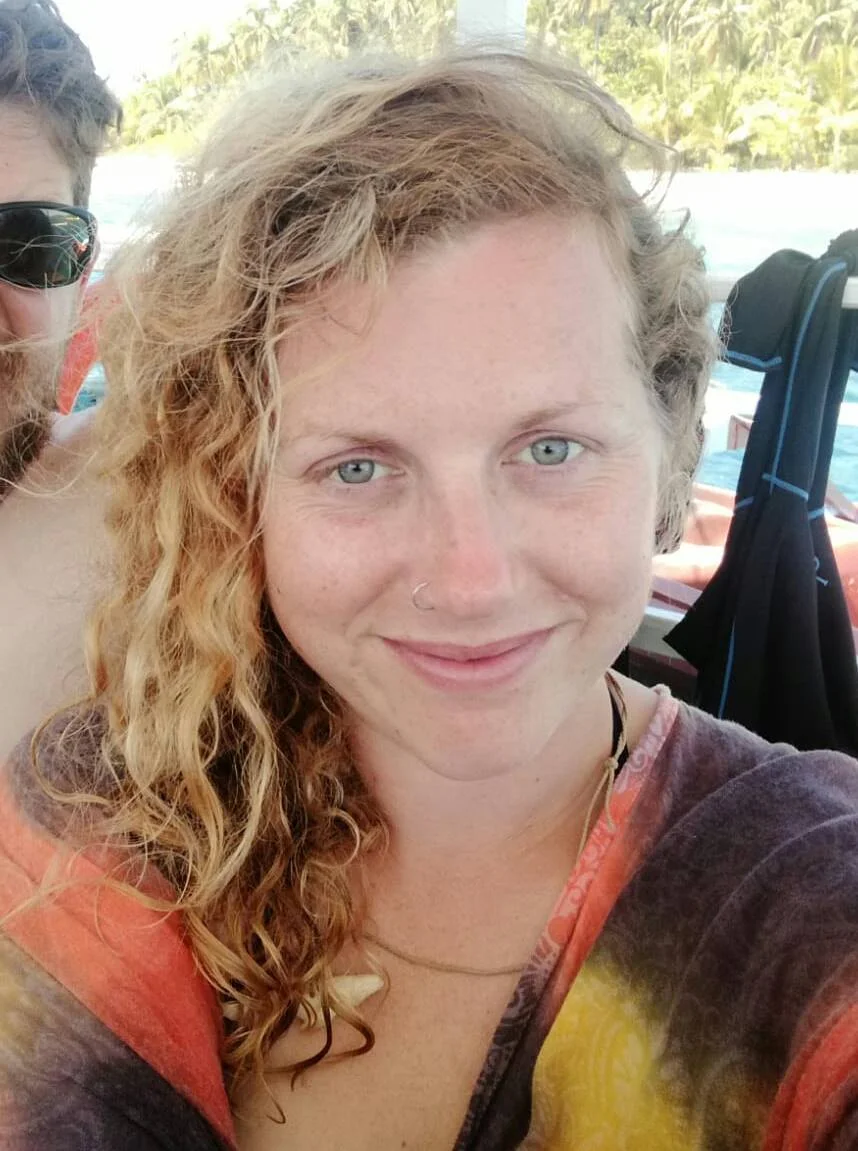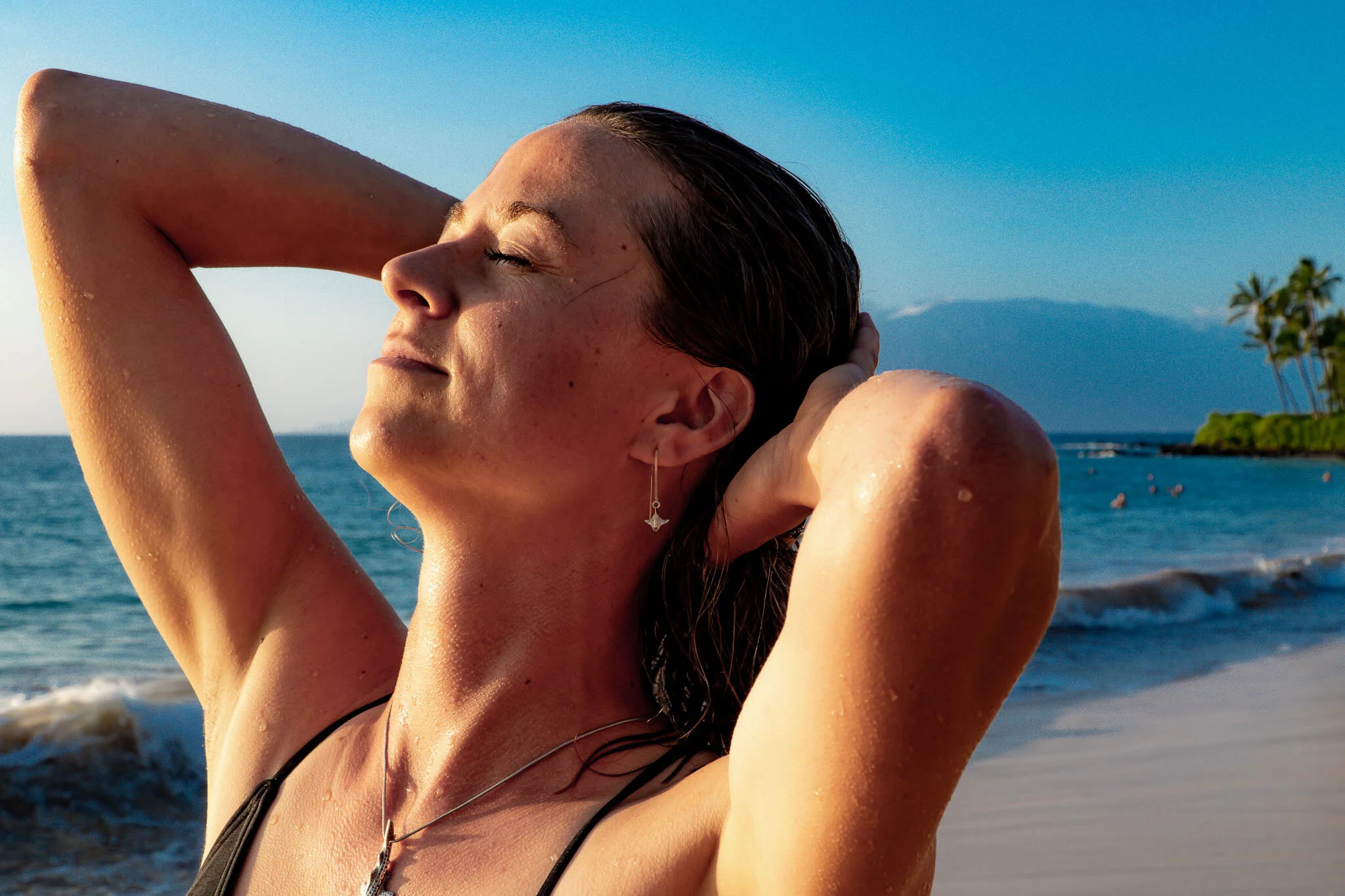A Plastic Paradise - Traveling through Southeast Asia with Eco-Adventurer Jen Worth
This week on the blog, the talented and driven Jen Worth shares her experiences traveling around Southeast Asia this past year with her partner Nick. Jen has been a close friend of mine for over a year now; we met while working in Kaikoura, and I was always amazed and inspired by her commitment to an eco-friendly lifestyle. I’m delighted to share her guest post and insights about avoiding plastic in your travels as well as facing the reality of the situations we find ourselves in today.
Plastic in Paradise
As our boat began to slow and we craned our necks to get a glimpse of the island that would be our next stop, I felt a huge burst of excitement. This was why we came to the Philippines and why we chose a three-day boat cruise from Coron to El Nido in the popular tourist area of Palawan. We were promised crystal clear waters, vibrant coral and hundreds of empty white sandy beaches to explore. So far it had not disappointed.
We were nearing the island now and its features were becoming clear as we slowed to a stop just off shore. The tall coconut trees swaying gently in the breeze. The schools of tropical fish just visible below the surface of the water. The monkey tracks leading from the beach into the trees. The plastic bottles floating past our boat. Wait…what? Surely not. Not here! We were in the middle of nowhere, not a village or town for miles and miles and yet…the closer we looked the more plastic waste we spotted.
After jumping into the sparkling warm water and snorkeling to the beach, I felt my heart sink as I surveyed the area. It wasn’t just plastic bottles but bags, straws, cigarette butts, fishing debris, balloons, packaging; basically, if you can name it, it was probably there on that beautiful beach.
We passed a girl with her arms full of plastic rubbish on the way back to her boat. “Five-minute beach clean-up!” she called over by way of explanation. We didn’t need any more encouragement and began to gather up every piece of rubbish we could find. Our boat crew and a couple of other passengers joined in and soon we had gathered a huge pile - enough for about ten people to carry. I asked some of the young guys in our crew what they thought of all this waste lining the beaches they grew up with. “It is very sad” our lead guide told us. “There is so much rubbish everywhere. Soon they will close El Nido to tourists to try and clean up all the waste.”
This was news to us but it’s not the first-time drastic measures have had to be put in place in The Philippines. In April 2018, the small island of Boracay was closed to tourists for six months after President Rodrigo Duterte called it a “cesspool.” His comment came after a video went viral that showed raw sewage flowing freely into the island’s clear blue waters. Boracay, measuring just 3.98 square miles had become overwhelmed with tourists and just didn’t have the infrastructure to support the waste that came with the numbers.
Now it’s looking like El Nido is facing the same fate.
Unfortunately, plastic waste was to be the theme of our travels around South East Asia. The amount of rubbish was staggering sometimes. On a dive boat in Vietnam we had to motor through an island of trash in the harbour before breaking through to the open ocean. Whilst diving we came across plastic packaging wrapped around coral. Bottles nestled into the sea bed. Copious pieces of plastic crap that had found their home in the ocean and will still be there today, in 100 years, in 500 years. It was heart-breaking.
Almost everywhere we went in Singapore, The Philippines, Vietnam and Thailand we couldn’t believe how many places automatically popped a plastic straw in your drink. We found this bizarre – when we were kids we only ever saw straws at McDonalds! They definitely weren’t something that adults used. The rise of the plastic straw over the last couple of decades is overwhelming and according to National Geographic, 500 million are used every day in the U.S. alone! Crikey.
A Greener Future
The good news is that the mood is shifting. I met an amazing woman on Malapascua Island who, in the four years since she had moved there had managed to implement a ban on plastic straws across the whole island. She also launched Go Green Malapascua to equip the locals, tourists and school children with the tools to ensure their island develops in a sustainable and green way. They also arrange regular beach clean ups, AND when we were diving, she picked up every piece of trash she came across on the seabed. Wonder woman!
El Nido is one of a growing number of towns in the Philippines that has started to put a ban on items such as plastic straws and single use plastic in the town and on their boat tours. Other parts of The Philippines are following suit too according to this article – 10 Plastic-Free Places In The Phillipines which is amazing news!
Although Vietnam is at the top end of the worlds most plastic producing countries, the mood shift is there too with groups and companies popping up everywhere to try and combat plastic waste. We found a few cafes and restaurants in Hội An and Ho Chi Minh City that used bamboo instead of plastic. After traveling Asia for a while it’s such a breath of fresh air when this happens!
What Can We Do to Help?
1) An obvious one - but say NO to single use plastics! When ordering drinks in a café or restaurant, ask in a polite and friendly way for no straw. You may get some strange looks but it’s totally worth it. Same goes for purchasing souvenirs – more often than not they will be automatically thrust into a plastic bag. We found when saying no to plastic, locals would often end up sharing their views on the subject and we’d get into some interesting conversations.
2) Do some research when booking tours and excursions. We were really impressed that before our El Nido boat tour all customers were advised to bring their own water bottles as single use plastic was banned on their boats. Unfortunately, at the end of our trip our crew served us mocktails in glasses with plastic straws. I got in touch with the company director who was horrified and promised to make sure this didn’t happen again. If you are on a boat tour anywhere in Asia and see this, I’d encourage you to do the same! It’s worth putting the work in before taking part in any kind of tour or day trip when traveling. Go with the companies who have the most ethically sound values when it comes to the environment. If wildlife is involved it’s even more important to do your research. (I love this - it goes hand in hand with my view on ethical and mindful travel. Pick your operators carefully!)
3) Be as committed to a “zero waste” philosophy as possible when traveling. This means using shampoo and soap bars, re-usable water bottles, shopping bags, metal straws, eco- coffee cups, bamboo toothbrushes – you know the score by now! Everything makes a difference.
4) Talk talk talk! Friendly conversation with other tourists and locals alike goes a long way. Share the reason behind saying no to that delicious looking plastic wrapped treat that everyone else is getting. Get a conversation going while you pick up the litter on that beach; people will listen. There is a way to do this in a non-judgey sounding way, even if it takes some practice!
And every time you get served a cocktail with a bamboo straw, cheer excitedly and raise a toast to a better, greener future. HELL YAH!
Jen is a beautiful badass babe working to make our world a better place. Check out her own blog here and stay up-to-date with her musings and adventures! Thanks for sharing your insights with us and keep on fighting, girl, I’m right there with you!
